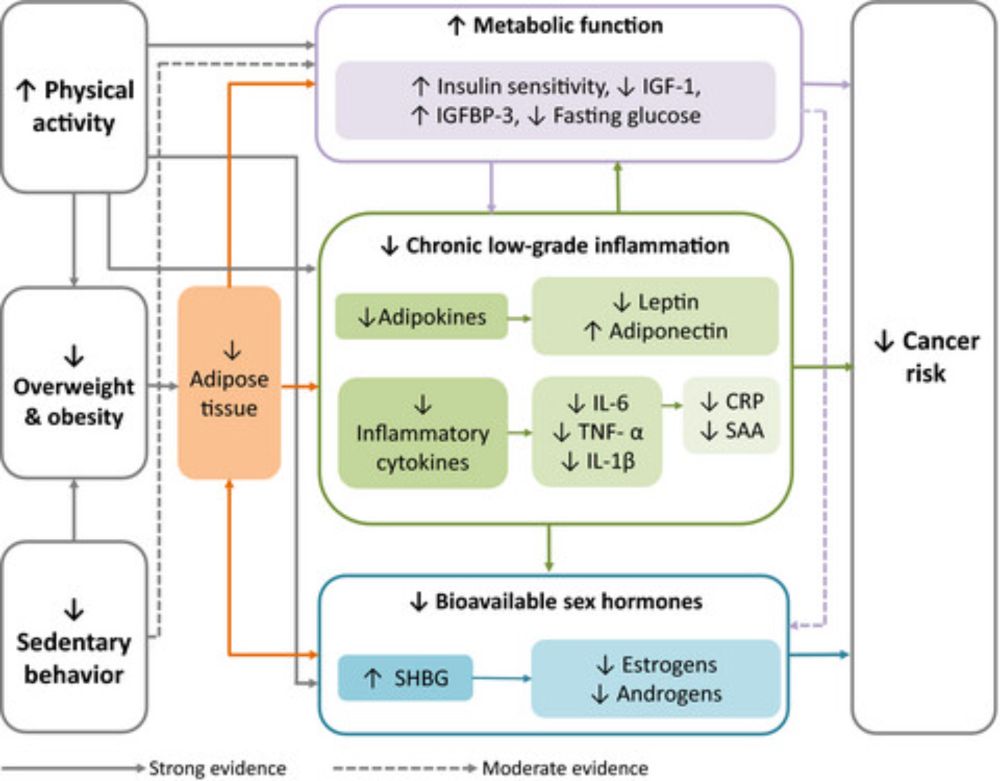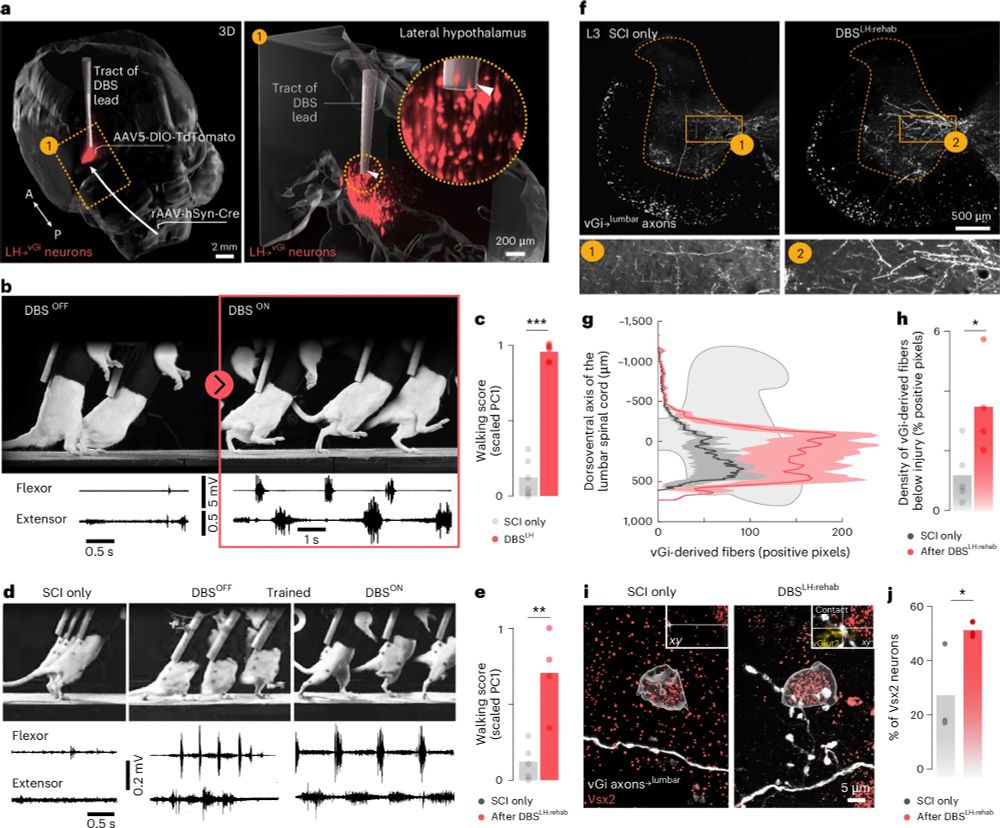Nicholas Fabiano, MD
@ntfabiano.bsky.social
800 followers
6 following
73 posts
Writing about science
Posts
Media
Videos
Starter Packs











